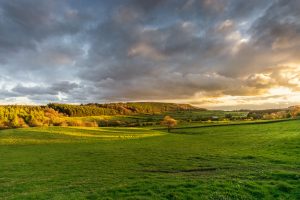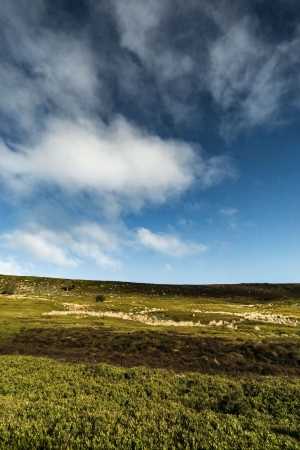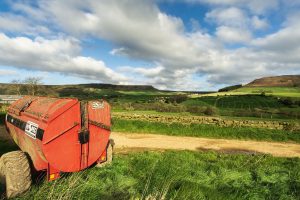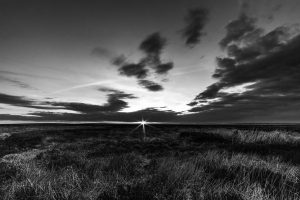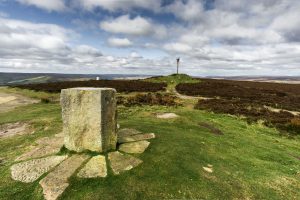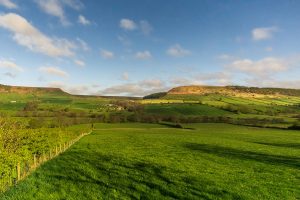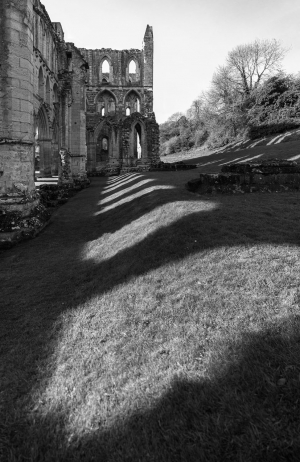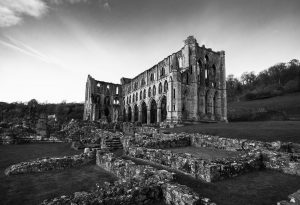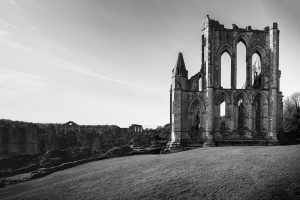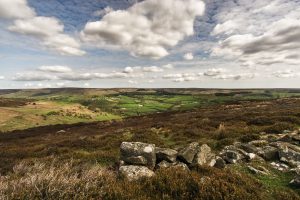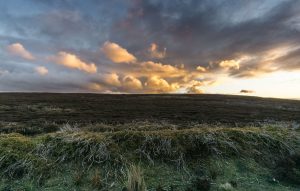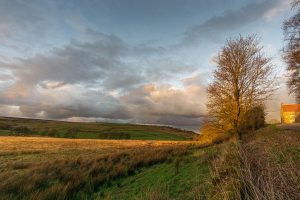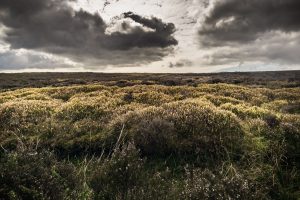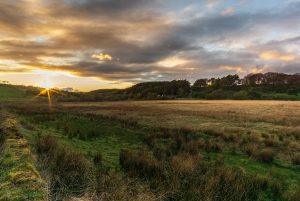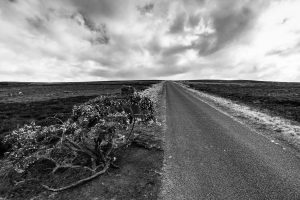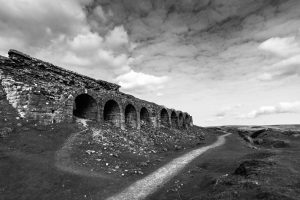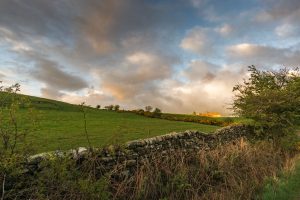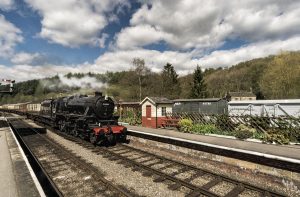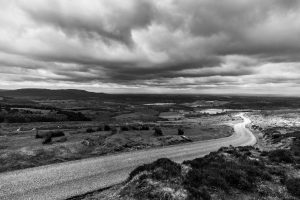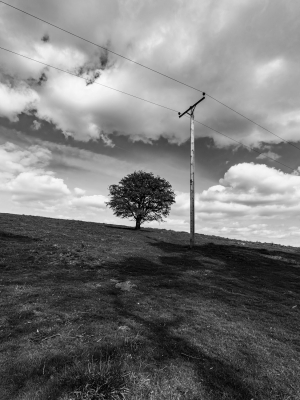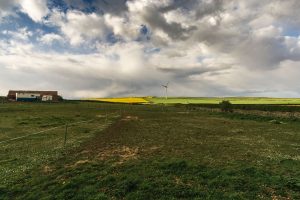Home > The Great British Countryside > North York Moors
North York Moors
Encompassing more than 1400 miles (2300 km) of natural beauty, the enchanting North York Moors are home to heather-clad moorland, a patchwork of rolling green hills, ancient woodlands and a receding rugged coastline. Ancient abbeys and crumbling castles litter this inspiring landscape, as do seductive and secluded villages, home to cosy, traditional pubs.
Upon closer inspection badgers, roe deer, hawks, red grouse and short-eared owls call this place home. Whilst winding its way through the undergrowth the Adder (Britain's only poisonous snake) will be on the hunt for a tasty meal of mice, voles and lizards.
Hiking in the North York Moors
Cycling and horse-riding are two popular activities in the Moors. A circular, long-distance bridle route around the circumference of the Moors can be accessed at several locations. If four-legged transport and a pair of muscle-powered wheels aren't up your alley, hiking opportunities are here in abundance.
The park has a network of rights-of-way covering almost 1400 miles. Prominent walks include the 40 mile Lyke Wake Walk, passing directly across the heart of the moors. Whilst The Cleveland Way is a more strenuous undertaking, incorporating a section of coastline, totalling 109 miles in length. This hike guarantees to be the life and soul of any blister party.
Photographing the North York Moors
From low dale to high moor, shady forest to dramatic coastline, the North York Moors is a landscape photographers paradise.
Popular locations such as Roseberry Topping, Grosmont Railway Station and Rievaulx Abbey have to be on your list. Additionally, the coastal settlements of Staithes, Whitby and Robin Hoods Bay all occupy this land of legends and endless horizons.
Completely Useless Facts about the North York Moors
- The region is home to the largest concentration of ancient and veteran trees in northern England. Approximately 22 per cent of the North York Moors National Park is under woodland cover. This is equivalent to more than 116 square miles of trees
- 12000 archaeological sites and features are scattered across the Moors. Of these, 700 are scheduled ancient monuments.
- Whitby was the inspiration for Bram Stokers Dracula. This charming coastal town is also the venue for the bi-annual goth weekend festival.
Origins of the North York Moors
Learn More
By the 5th century, global sea levels had risen and Britain had been cast adrift from mainland Europe. Subsequently, early Neolithic farmers began removing the forest cover of the moors. Their settlements were concentrated in the fertile parts of the limestone bel.
A few centuries later during a 1400 year period, people of the Bronze Age inhabited all areas of the moors, destroying much of the original forest. Around 3,000 burial mounds from the Bronze Age can be found on the Moors.
Clues from the Iron Age reveal the remains of two promontory hillforts at Boltby Scar and Rudston Scar along with a collection of circular stone hut foundations on Percy Rigg.
Latterly, during the Roman period, Malton was established as a central base and several roads radiated from here. One of these roads was Wades Causeway, which led north-eastwards over the Vale of Pickering and across the moors to the North Sea coast.
Have a wemooch elsewhere...
Inspired?
Fancy a wee mooch up n dahn't North York Moors?
You'll need a few things to come together for it all to work out. There's some useful stuff to be clicked and pressed below.
